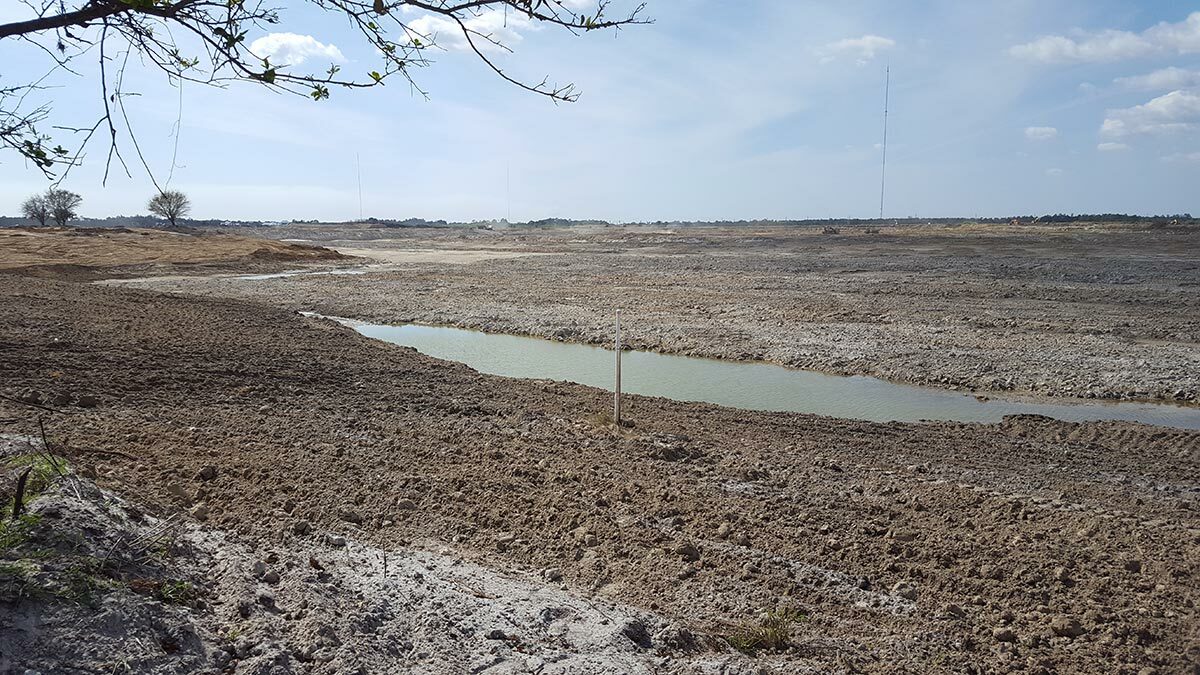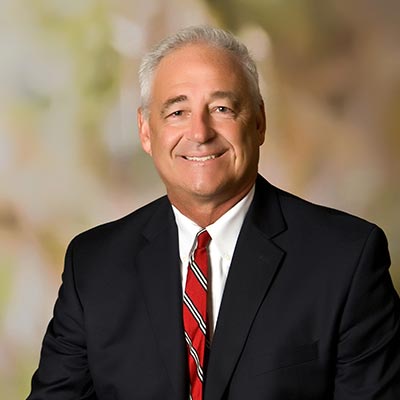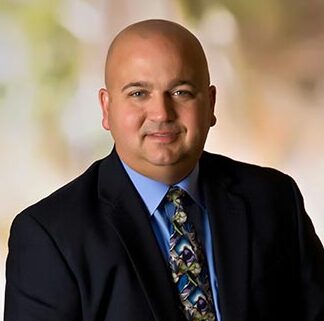
Our groundwater team worked with Lee County Utilities (LCU) to evaluate operations at their 15 MGD Corkscrew wellfield in order to develop strategies to reduce imbalanced hydrogen sulfide (H2S) loading into parallel treatment trains at the water treatment plant (WTP). Hydrogen sulfide is a foul-smelling gas which is naturally present in raw-water sourced from confined aquifers and is typically removed during treatment at the WTP. The H2S loading imbalance has presented difficulties to LCU by complicating downstream raw-water treatment processes. They also wanted to improve energy efficiency and reduce impacts on natural systems.
This project involved a complex, multi-variable optimization of wellfield operations with numerous hydraulic, hydrogeological, and regulatory constraints. The evaluation of the wellfield began with a coordinated data-collection effort to measure H2S concentrations at each of the 55 production wells and hydraulic conditions at selected points throughout the raw-water collection system. These data were used to develop and calibrate a hydraulic model of the wellfield with the ability to simulate H2S transport and wellfield energy consumption.
We also developed an analytical groundwater model (AGM) to be used in conjunction with the hydraulic model in order to quickly compare the effects of different operating strategies on aquifer drawdowns. In addition to allowing for the development of operational plans to balance H2S loading at the plant, these models also indicated that significant energy savings would be available by simply altering the order in which production wells are used to meet raw-water demands.
Our team was able to create an adaptable framework for developing and analyzing operating strategies to account for future wellfield expansions, changes in individual well capacities, and regulatory requirements. These models, and the methodology for employing them, represent a significant asset to LCU because they allow for rapid development of future operating strategies, as well as provide a basis for more routine tasks like selecting replacement pumps.
In the end, we provided LCU with optimized 5, 10, and 15 MGD operating plans for wet-season, dry-season, and 1-in-10 drought conditions. These operating plans met the project objectives and are anticipated to significantly improve wellfield operations in the ever-changing Florida environment.
For more information, contact Lonnie Howard, P.E. at [email protected].

































































